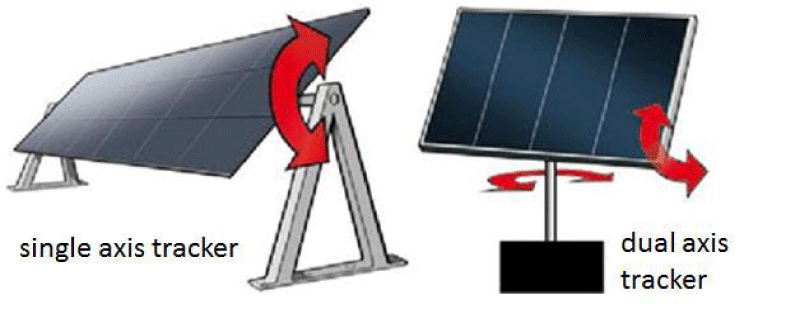Which give most. Fixed south or single axix tracker east west.
I have the possibility to place my array fixed on the roof in South, or a ground mounted array on a single axis tracker mount east to west. Which placement will give most power per day
I have the possibility to place my array fixed on the roof in South, or a ground mounted array on a single axis tracker mount east to west. Which placement will give most power per day



